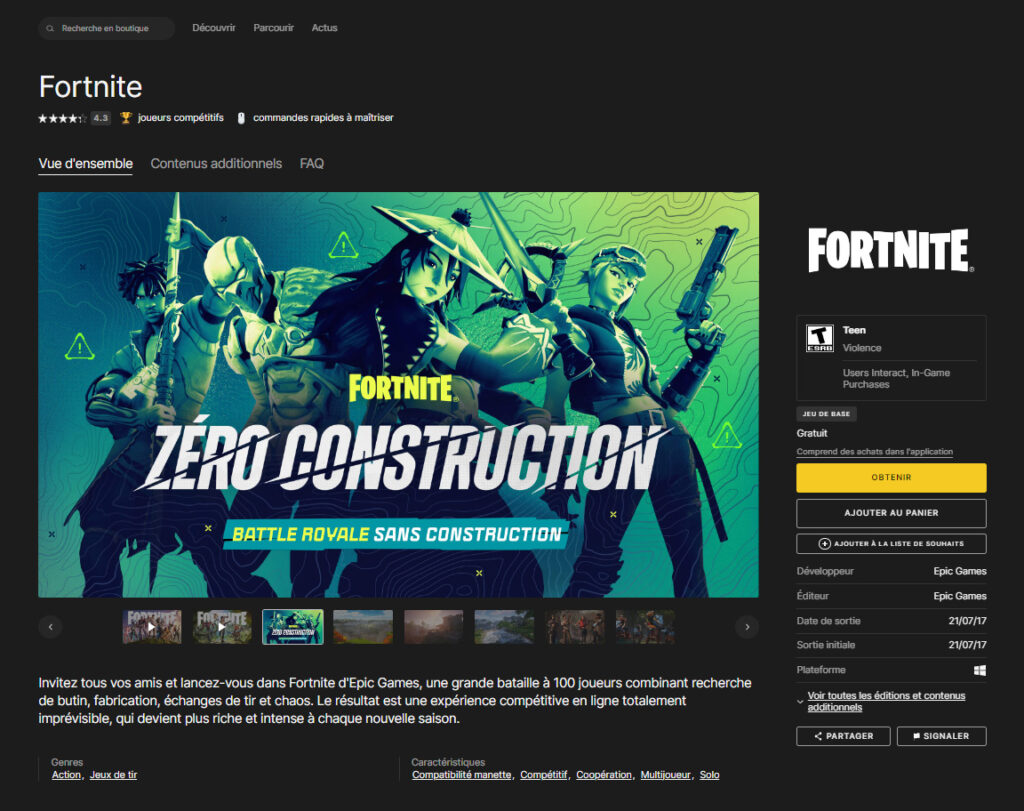When it comes to game localization, publishers must consider a variety of factors that impact costs, such as word count, target languages, and translation rates. However, one crucial aspect that directly affects expenses is the level of localization chosen for a game.
Let’s delve into the three levels of localization and explore how this decision can significantly impact a game’s global outreach and budget.
Level 1: Minimum Localization
At the most basic level, minimum localization covers essential information required to sell the game via various online stores. This includes elements such as game descriptions, keywords, warnings, ratings, and minimum requirements. Additionally, it encompasses details about different editions or bundles available for purchase.
While minimum localization provides the bare minimum for accessibility, it may not be enough to fully engage players in foreign markets. This level of localization is ideal for games with limited resources and tight budgets, but it may hinder a game’s potential to reach its full international audience.

Level 2: Partial Localization
Moving up a notch, partial localization adds the translation of in-game text and subtitles to the previous level. This level of localization enhances the player’s experience by allowing them to comprehend the game’s storyline, dialogue, and instructions in their native language. Subtitles are particularly important for games with complex narratives or extensive dialogue.
Partial localization strikes a balance between cost-effectiveness and audience engagement. It is an excellent choice for games aiming to expand their player base beyond English-speaking markets while managing localization expenses.
Level 3: Full Localization
The highest level of localization is full localization, which encompasses minimum and partial localization and incorporates the localization of audio files. This comprehensive approach delivers an immersive gaming experience for players by fully localizing the game’s dialogues, narrations, and sound effects (animal sounds, laughs, etc.), if needed, according to the target audience.
While full localization provides the most extensive reach and engagement with global audiences, it also incurs higher costs. This level of investment is suitable for games with a strong international market potential and a dedicated budget for localization.
Easter Eggs: Additional Localization Tasks
Aside from the core levels of localization, developers should also consider adjacent localization tasks, such as culturalization and transcreation. Transcreation is a valuable tool for adapting puns, jokes, and meaningful names (for example, names of weapons, characters or places) when a literal translation won’t do the trick. Culturalization aims to adjust certain cultural elements so that they resonate with the target market, contributing to a more relatable and appealing gaming experience and avoiding potential backlash when it comes to highly sensitive topics. Both services are very helpful in ensuring that a localization project reaches the ultimate level.



In this example, the localization tasks even impacted promotional images of the game.
Why Is This Choice Important?
Choosing the appropriate level of localization is crucial for game developers looking to expand into foreign markets. Proper localization not only increases a game’s chances of success but also demonstrates respect for players from diverse linguistic backgrounds. It allows games to attract new players, increase revenue, be more accessible, and build a loyal global player base.
While higher levels of localization offer greater outreach and immersion, it’s essential to find the right balance between investment and potential returns. Developers should align their localization strategy with their global business and marketing objectives.
The Takeaway
In conclusion, game localization is a vital investment in today’s global gaming industry. The three levels of localization — minimum, partial, and full — offer varying degrees of outreach and player engagement. Developers must carefully consider their target markets, budget constraints, and globalization strategies when deciding on the appropriate level of localization.
Ultimately, localization should not be seen solely as an expense but rather as an investment in the success and longevity of a game. By providing players with a localized and culturally sensitive gaming experience, developers can foster player satisfaction, loyalty, and positive reviews, paving the way for future successes in the competitive world of video games.



